I have never been good at expressing myself in a surreal way. It doesn’t come naturally to me. I see myself more as a realistic thinker bound by logic—a philosopher in the strictest sense. Which is why I decided I would do the complete opposite and write a Toy Photographer’s Surrealist Manifesto for my first blog post.
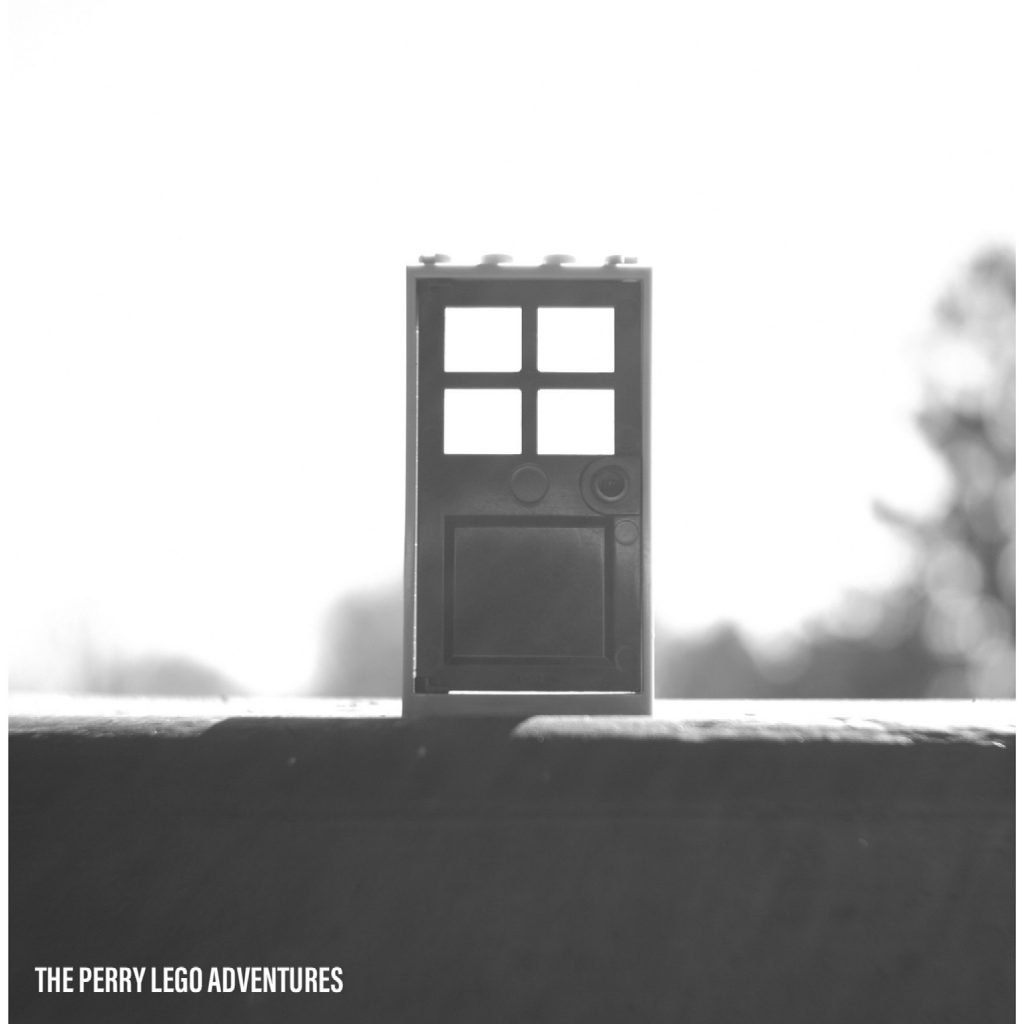
Actually, it’s because Shelly asked me to join her on the Surrealism episode of the Toy Photographers Podcast, and I said yes without thinking! Then I realized I’m not a surrealist in any sense of the word. I asked myself: What do I know about Surrealism? My toy photography isn’t surreal in the least bit. How am I supposed to talk about Surrealism for an hour when I can’t even make surrealist art? I spend a majority of my time trying to ground my toy photography in the hue of reality.
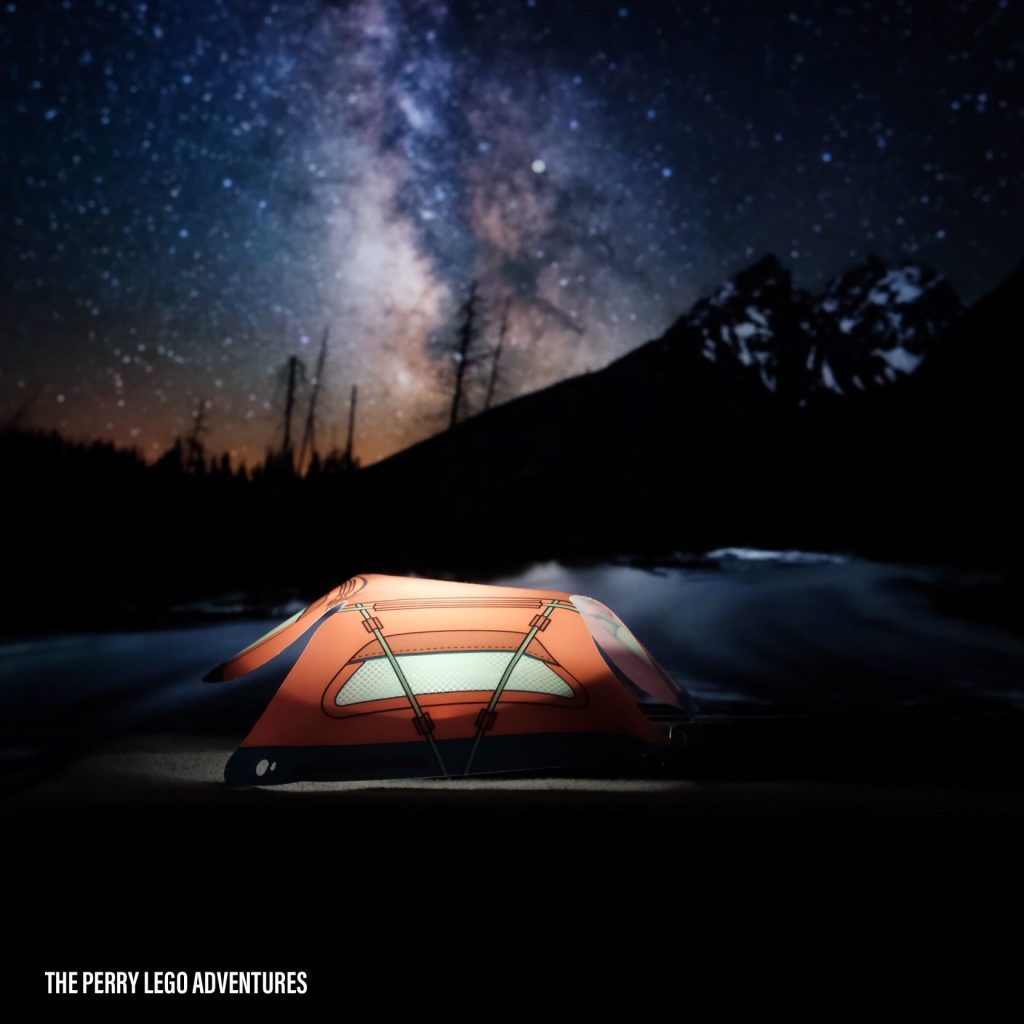
In my own life, I am never able to truly break from the conventions and norms of everyday society. I truly struggle with it because I want to fit in and be normal. So, allow me to break free from the shackles of the norm and try to write an abnormal blog post. One, that hopefully expresses my inner unconscious thoughts about toy photography in a surrealist way.
Since Surrealism is supposed to be about freeing the unconscious mind, I’ve decided that the best way to do that in blog form is to write this article as a stream-of-conscious essay. I guess the post actually starts here then. But Surrealism actually starts with André Breton, who was inspired by Sigmund Freud’s idea of the unconscious mind. Breton was driven by the Dada movement, and in his impassioned youth, after living through the devastation of World War I, he wrote the Surrealist Manifesto.

Within its pages, we find Surrealism defined as “Psychic automatism in its pure state, by which one proposes to express—verbally, by means of the written word, or in any other manner—the actual functioning of thought. Dictated by the thought, in the absence of any control exercised by reason, exempt from any aesthetic or moral concern.” (No, I didn’t memorize this quote. I am sorry, I added it in later. Sorry.)
Basically, the idea is to free your mind of the constraints of the world, and then find a way to express those unconscious thoughts through your art. Easier said than done.
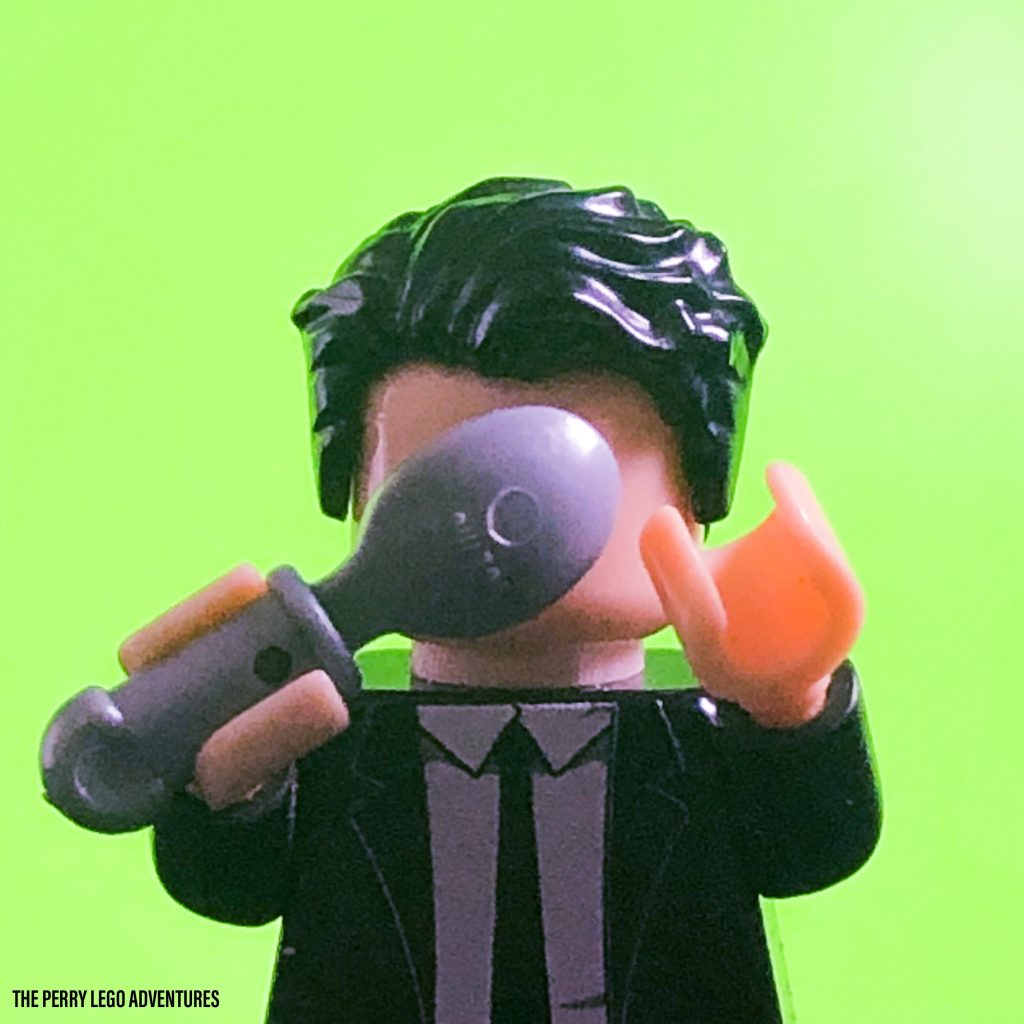
Both the Dada and Surrealist movements were born of the idea that if WWI came about from how our society currently was at that time, then we must shed everything about that world and create a new one, specifically by doing the opposite. Breton, hated the bourgeois ideal, he hated rationalism so he and his peers did the opposite. They used their writing and their art to spread their ideals.
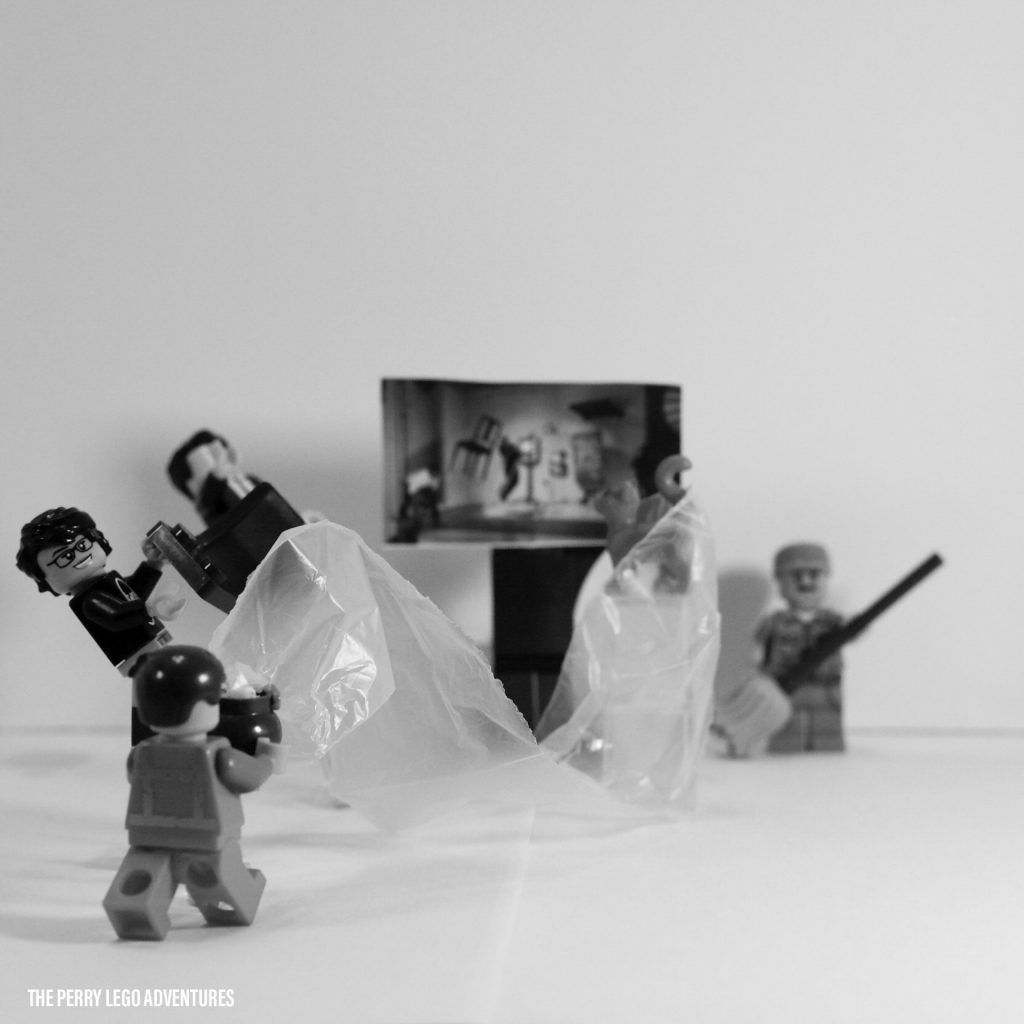
When I think about Surrealism, I picture Salvador Dali’s “Persistence of Memory” or Rene Magritte’s “The Son of Man.” I think about lobster telephones and urinals, about clouds and canvases filled with colors and shapes I don’t quite understand. And I guess that’s the idea—that it’s so absurd we aren’t meant to understand. It is what it is. And we need to be okay with that concept.
Many artists depict Surrealism by juxtaposing objects. It is all about making the ordinary look extraordinary. Using innovative techniques to create the strange or abnormal into normal. It is showing people, what your mind sees, what dreams look like, and bringing this to reality.
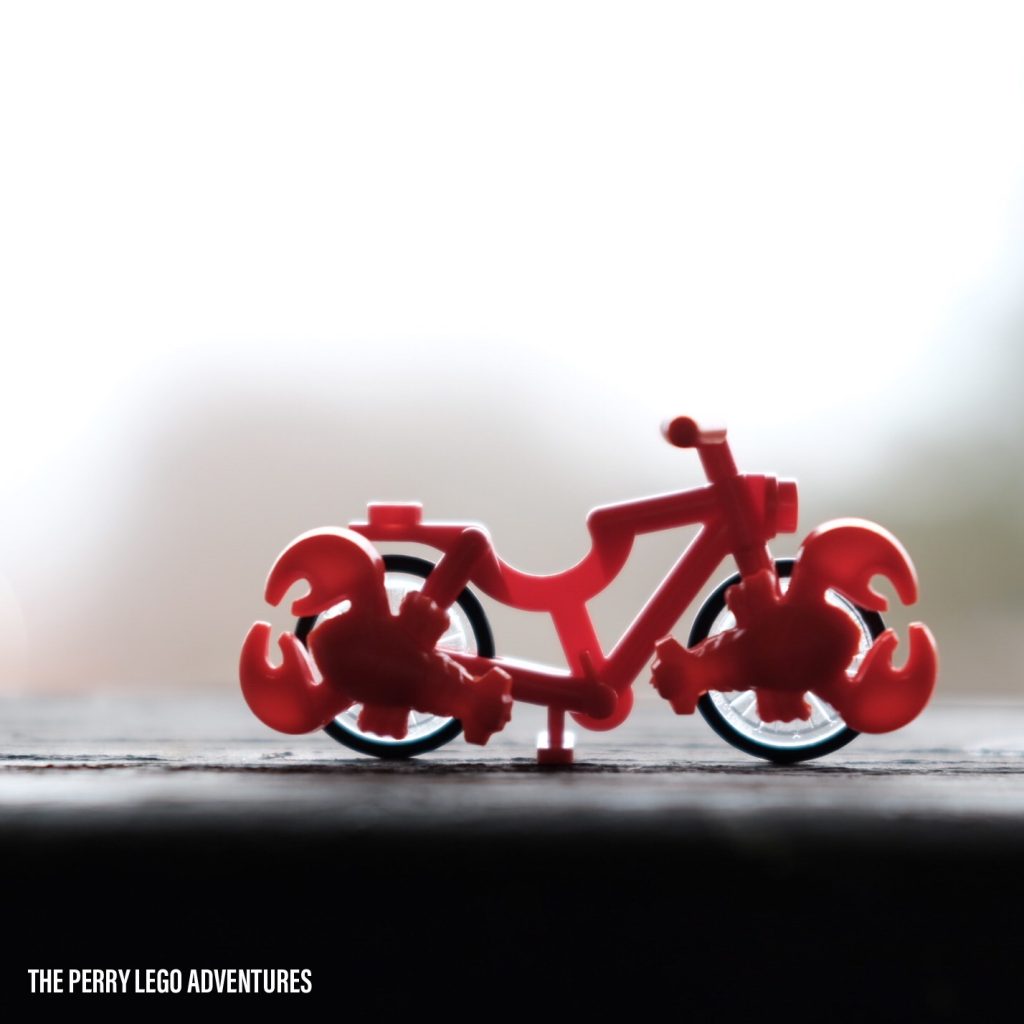
Now, what does all of this have to do with toy photography? This is a blog about toy photography, isn’t it? You are probably thinking, Sabrina has written a whole article on this blog and has said nothing about toy photography. Well, I’ll start here. It has been proposed by several fellow toy photographers that toy photography is the perfect medium for Surrealism. I admit I was skeptical at first, but now I tend to agree.
In toy photography we bring toys to life. We use our toys to show people how we see the world. We are creating our own worlds, taking photographs and expressing the images we see in our minds. The surrealist’s dream.
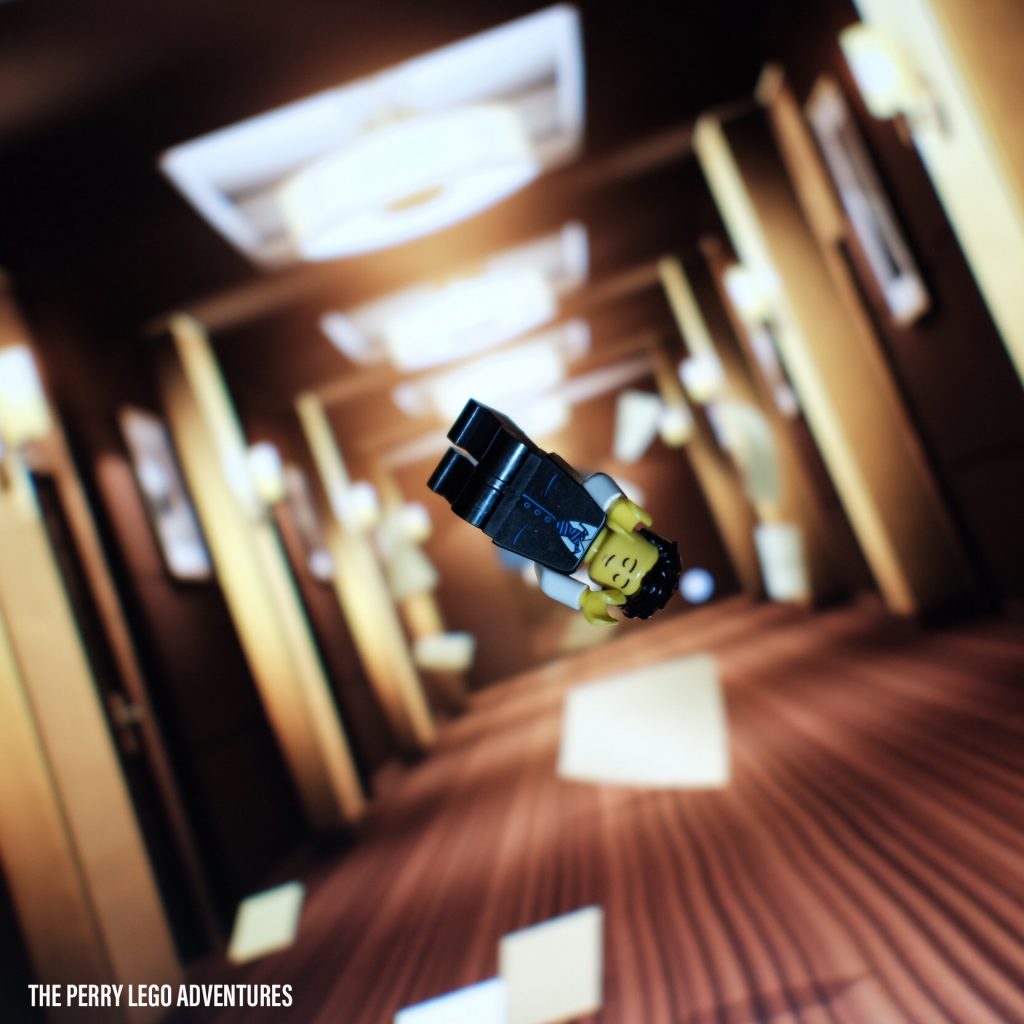
Now, some of us might take a more realistic approach when it comes to toy photography, creating more lifelike scenes. Others bring a more ethereal, dreamlike and “absurd” approach to their photos. Both are bringing the mundane to life. Toys are just objects, tools for the imagination. Shelly, please don’t be mad, but toys aren’t alive.
When we grow up—and by “grow up,” I mean becoming physical (not mental) adults—many of us lose that youthful innocence, that ability to see every possibility in our toys. We lose that childlike sense of imagination that frees us from the constraints of the world, the part of our mind that separates the harsh reality we live in from the wonders of the world.
When we are children, a toy car can be a spaceship; one brick can be an actual house; the LEGO guy with long hair in front of his face can be a Dementor. This is what a child sees in their toys, and that is what Surrealism is, bringing what our subconscious sees to the world. And that is what toy photographers do. We might not all think that’s what we are doing, but I’ll say it right now—this is what you are doing. If you are an adult toy photographer like me, at least for a moment we can capture that sense of wonderment and possibility within a single frame.
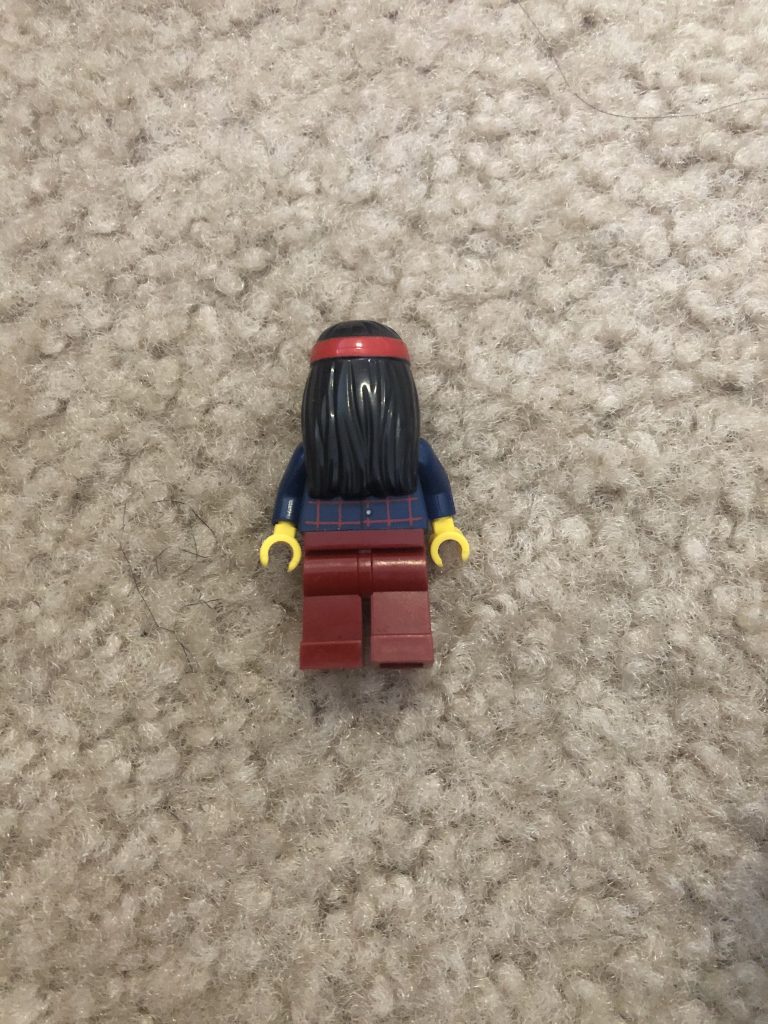
Toy photography then becomes what the true Surrealists of the day wanted: people expressing their unconscious thoughts and ideas through their art. They wanted people to question society, question the norms, get angry and express it through art. And I honestly believe that’s what toy photographers do. We take all our thoughts, feelings and ideas, and use toys and a camera to express them. We are creating our own worlds, taking photographs and creating the images we see in our minds.
For me, this art form is a way to find peace in the chaos of this world. It’s a way for me to decompress. It is a way for me to let go of all my worry, stress and pent-up energy. Now, it is not for all those political reasons the original Surrealists were about, but every photograph I take is a snippet of how I see the world.
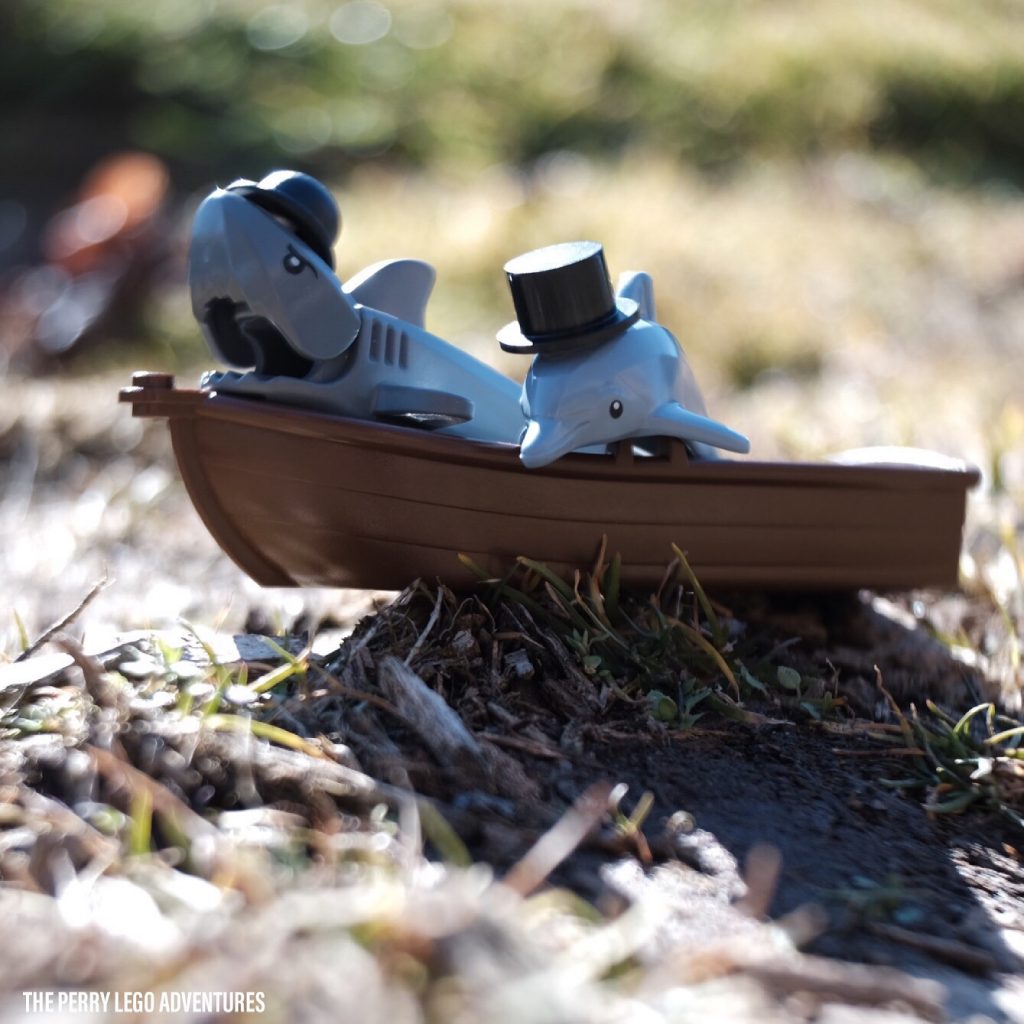
If you’ve made it this far and want to chat more about Surrealism or view more surreal photos from other toy photographers, use the #tp_surreal tag from our most recent challenge and find us on MeWe. Lots of great photographers used the #tp_surreal tag to send in their surrealist-inspired photos. I even took a few myself.
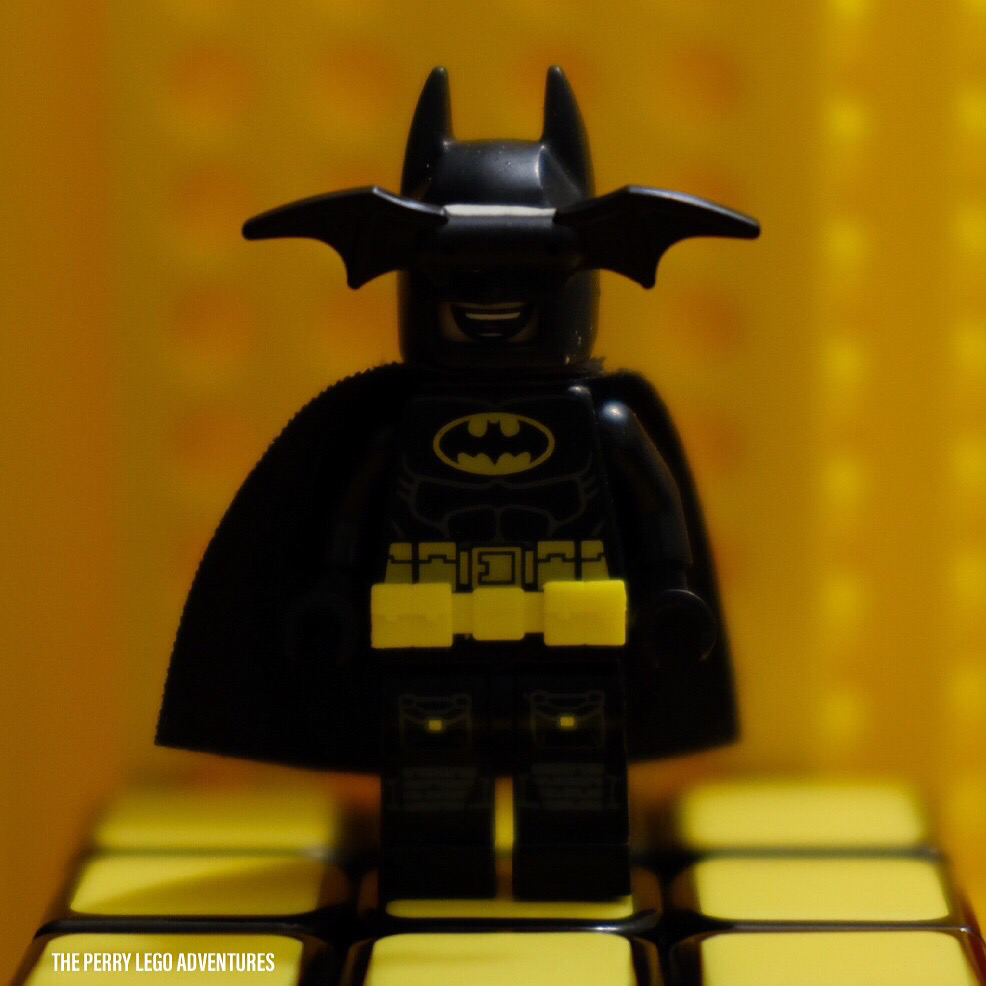
While participating in the challenge, I often wondered if my images were actually surreal. I based a lot of my photos on surrealists of the past, which defeats the purpose, because now it has become something from the world—it didn’t truly come from my mind. Or maybe it did? Because I thought it. I started to overthink the process and wondered if the original Surrealists overthought their art, too. Or did they truly just say, “Lobster Telephone,” and it was art? Did René Magritte just paint a guy, cover his face with an apple and say, “Voilá, ‘Son of Man?'”
I questioned my artistic ability, my toy photography, my ability to be on the Toy Photographers Podcast to talk about Surrealism, and my ability to write a blog. But, then I thought, well, if it doesn’t make sense, I can just say it was a surrealist art piece. You figure it out.
Listen to the podcast if you want to hear more about my thoughts on Surrealism with Shelly.


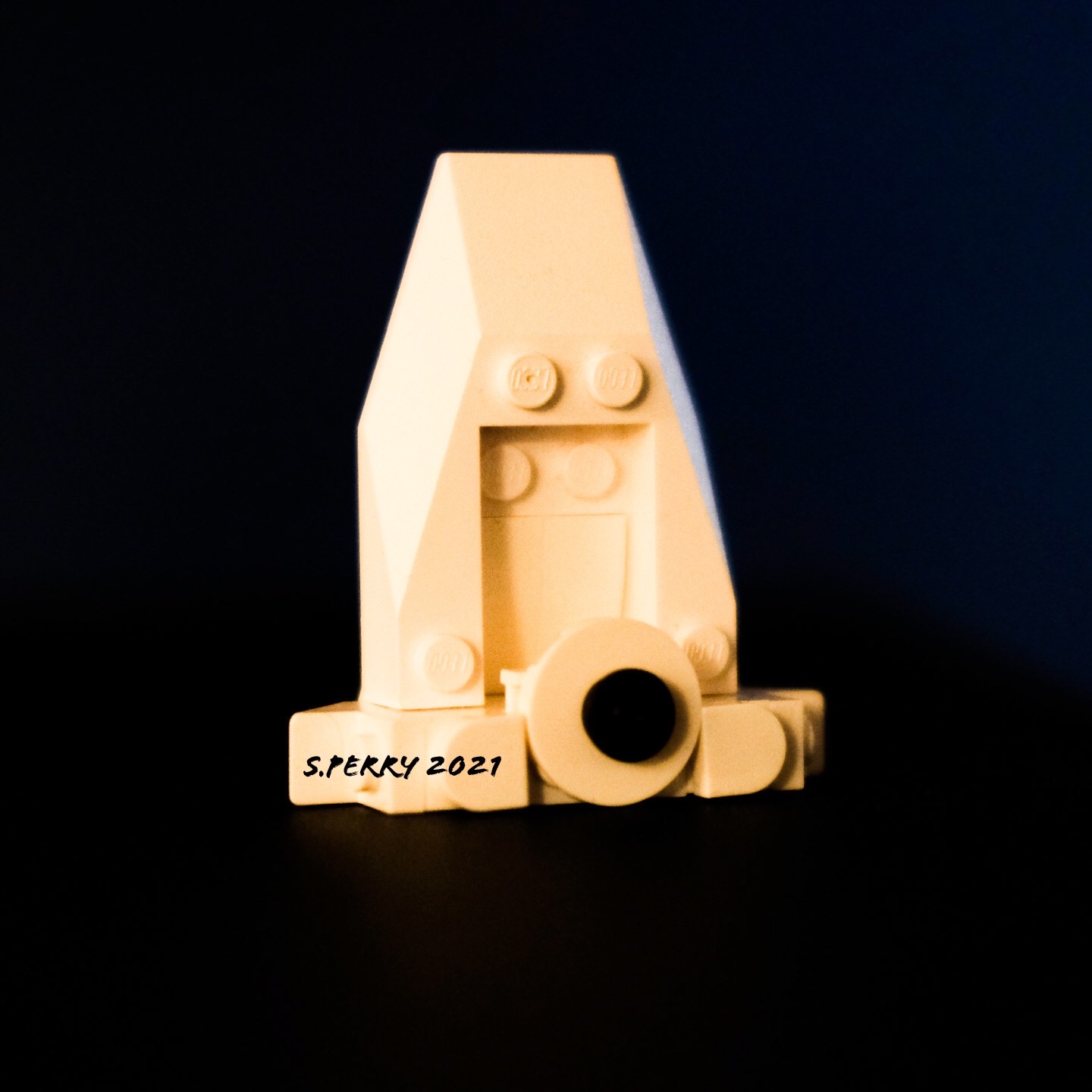
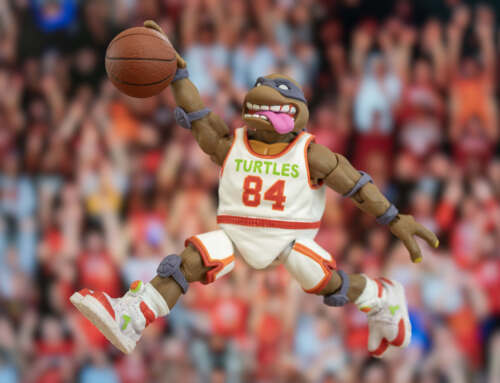
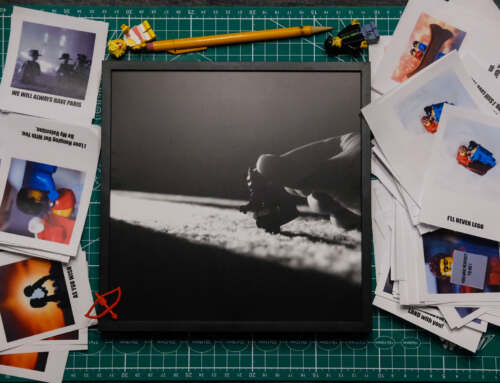
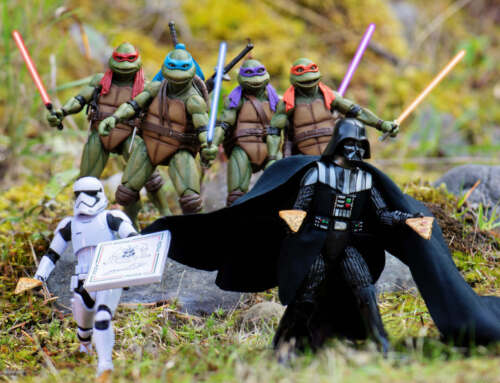
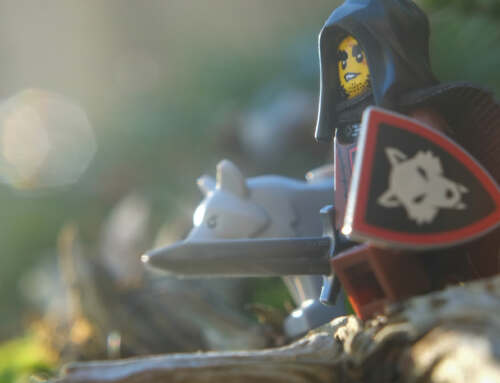
Good post, Sabrina – it’s good for people to get the background on surrealism and maybe realize that what we do with toys is right in that surrealistic vibe from the beginning.:)
Thank you, Mary.
This is so well written Sabrina. I enjoyed reading the “Surrealist Manifesto according to Sabrina” and the points are clearly presented. I especially like what you said about, “Toy photography then becomes what the true Surrealists of the day wanted: people expressing their unconscious thoughts and ideas through their art. They wanted people to question society, question the norms, get angry and express it through art.” The statement inspires me and draws me closer to what I hope to do more with toy photography.
I am glad you enjoyed it Janan. I do often wonder, about what the photographer was thinking when they took a certain photo. Why that toy? Why that diorama? Why that pose? What does it all mean? Aside, from just enjoying the photo.
And, like I said I start freaking out about whether or not I am saying enough. Or if I am saying anything at all.
In the face of Lautréamont’s definition of beauty as the “fortuitous encounter on an operating table of a sewing machine and an umbrella”, I really wonder why Surrealists did not make more use of toys: Instead of cutting it all out of paper, we can throw a couple of toys together (without thinking), photograph them, and call it a surreal picture. Do you think toys make it too easy?
Tobias, I think toys just might be another tool to use. I don’t think toys make it any easier or harder, just different.